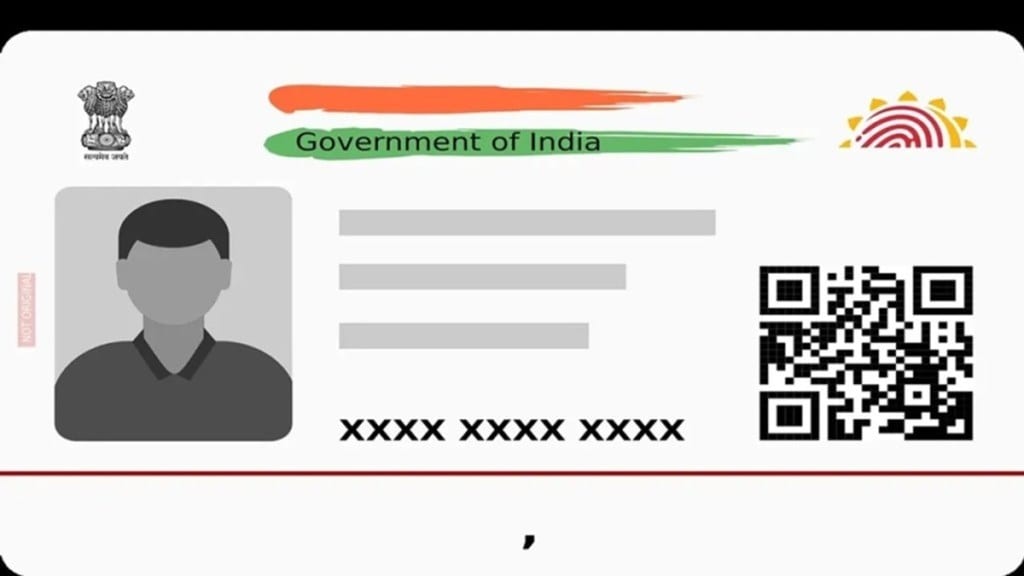Aadhaar, which carries a 12-digit individual identification number serving as proof of identity as well as address for residents, has evolved over the years in terms of its usage to avail various services. It is no longer just an identity card and is now used for many of our everyday activities as well.
Whether you want to open a bank account, get a mobile connection, avail any government schemes or services like pensions, Aadhaar is now an important document for all of these.
Over the past year, the UIDAI (Unique Identification Authority of India) has made some key changes to make Aadhaar more accessible, secure and user-friendly. These changes have made it easier for citizens to update their data and reduced hassles with KYC and other services.
Key Aadhaar changes over the past year
Among some major changes made to Aadhaar recently, the most important one has probably been the online update feature. You can now update your mobile number, email address, or address directly online, eliminating the need to visit an Aadhaar centre repeatedly.
Another change was in biometric authentication. The accuracy of fingerprint and iris scans is now better than before. This makes verification in banking, insurance, and other services easier and faster.
Masked Aadhaar has been promoted for security. Masked Aadhaar doesn’t display the full 12-digit number and only the last four digits are visible. This feature is very helpful in keeping citizens’ personal data secure.
The e-KYC process has been further simplified. Opening a bank account, getting a mobile connection, or verifying identity for any online service has become easier than ever.
Since linking Aadhaar with PAN and bank accounts has been made mandatory, the move has simplified tax and financial services and reduced the risk of fraud.
Possible changes in the future
The UIDAI has plans to make Aadhaar even more modern and secure. First, face authentication may be integrated with biometric verification. This means that facial recognition will be used for identity verification in addition to fingerprint and iris scans, according to reports.
In addition, the UIDAI may soon introduce offline Aadhaar verification. This means that identity verification using Aadhaar can be done even without the internet.
The UIDAI is also working on a digital Aadhaar wallet. This will be a mobile app that will securely store Aadhaar data, making online and offline verification easier.
The UIDAI may also introduce new encryption and multi-factor authentication measures in the future to further strengthen data security. This will further protect Aadhaar data from theft and fraud.
Summing up…
Aadhaar is no longer just identity proof. It has become the basis for banking transactions, mobile services, LPG subsidies, pension schemes, insurance, and many government schemes. Features like Masked Aadhaar and e-KYC save citizens time and reduce the risk of fraud. Now, people can update their data themselves and perform instant verification when needed.

